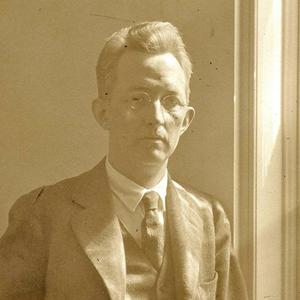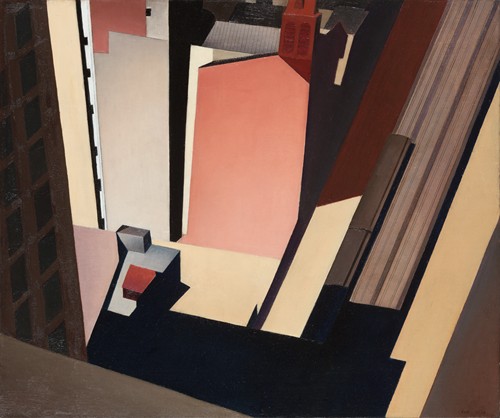

Charles Sheeler
Charles Sheeler was an American artist known for his Precisionist paintings, commercial photography, and the avant-garde film, Manhatta, which he made in collaboration with Paul Strand. Sheeler is recognized as one of the early adopters of modernism in American art.
Charles Rettew Sheeler Jr. was born in Philadelphia, Pennsylvania. He attended the Pennsylvania Museum School of Industrial Art from 1900 to 1903, and then the Pennsylvania Academy of Fine Arts, where he studied under William Merritt Chase. He found early success as a painter and exhibited at the Macbeth Gallery in 1908. Most of his education was in drawing and other applied arts. He went to Italy with other students, where he was intrigued by the Italian painters of the Middle Ages, such as Giotto and Piero della Francesca. After a trip to Paris in 1909, Sheeler was inspired by works of Cubist artists like Pablo Picasso and Georges Braque. Returning to the United States, Sheeler felt that he would not be able to make a living as a modernist painter, so he took up commercial photography, focusing on architectural subjects. Sheeler was a self-taught photographer, learning his trade on a five dollar Brownie. Early in his career, he was greatly impacted by the death of his close friend Morton Livingston Schamberg during the influenza epidemic of 1918. Schamberg's painting had focused heavily on machinery and technology, a theme that featured prominently in Sheeler's own work.
Sheeler owned a farmhouse in Doylestown, Pennsylvania, about 39 miles outside Philadelphia, which he shared with Schamberg until the latter's death. He was so fond of the home's 19th century stove that he called it his "companion" and made it a subject of his photographs. The farmhouse itself serves a prominent role in many of his photographs, which include shots of the bedroom, kitchen, and stairway. At one point he was quoted as calling it his "cloister." His work was also part of the painting event in the art competition at the 1932 Summer Olympics.
On April 2, 1939, Sheeler married Musya Metas Sokolova, his second wife, six years after the death in 1933 of first wife Katharine Baird Shaffer (married April 7, 1921). In 1942, Sheeler joined the Metropolitan Museum of Art as a senior research fellow in photography, worked on a project in Connecticut with the photographer Edward Weston, and moved with Musya to Irvington-on-Hudson, some twenty miles north of New York. Sheeler worked for the Metropolitan Museum's Department of Publications from 1942 to 1945, photographing artworks and historical objects.
Sheeler painted in a Precisionist style that complemented his photography and has been described as "quasi-photographic".
